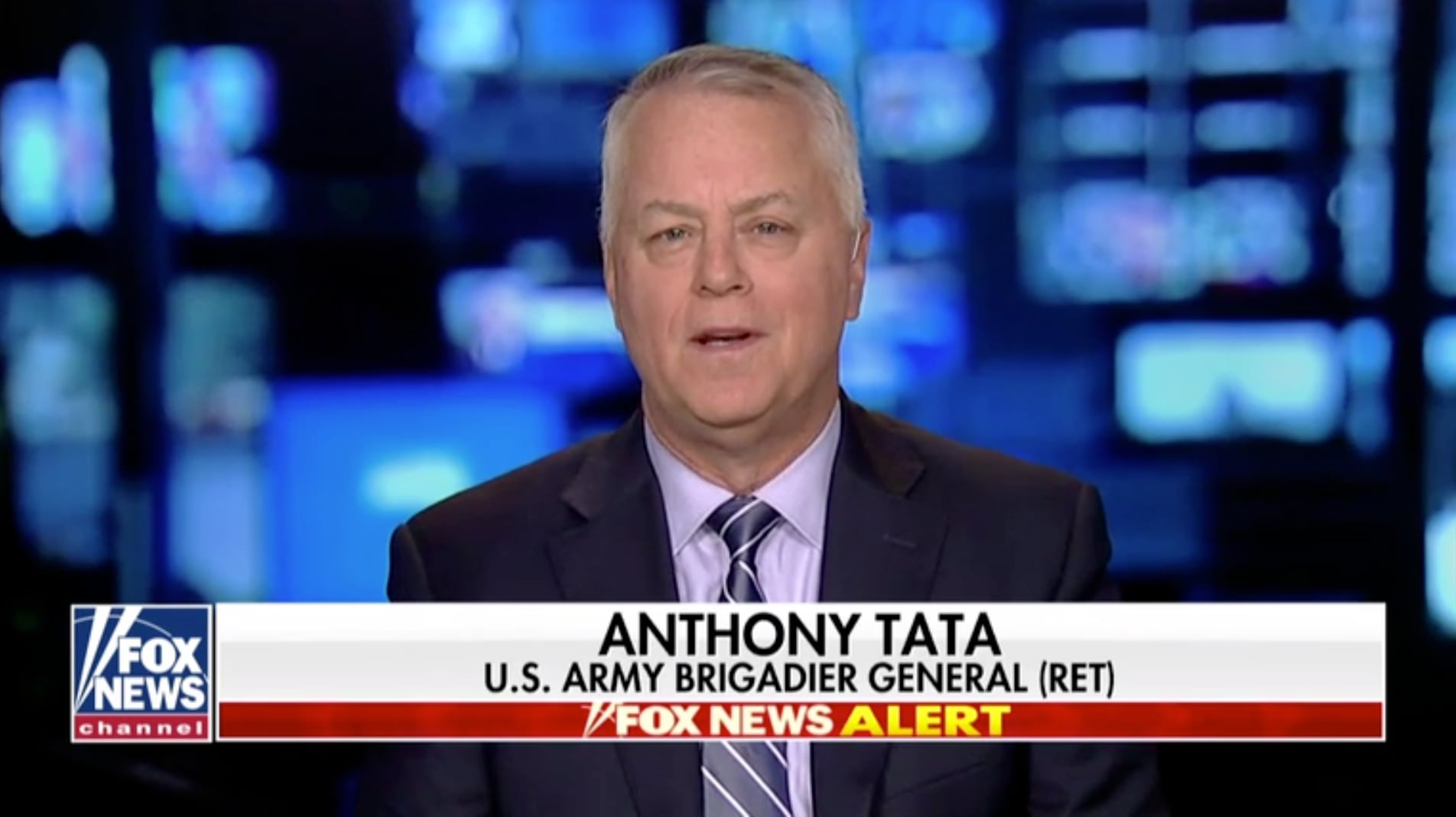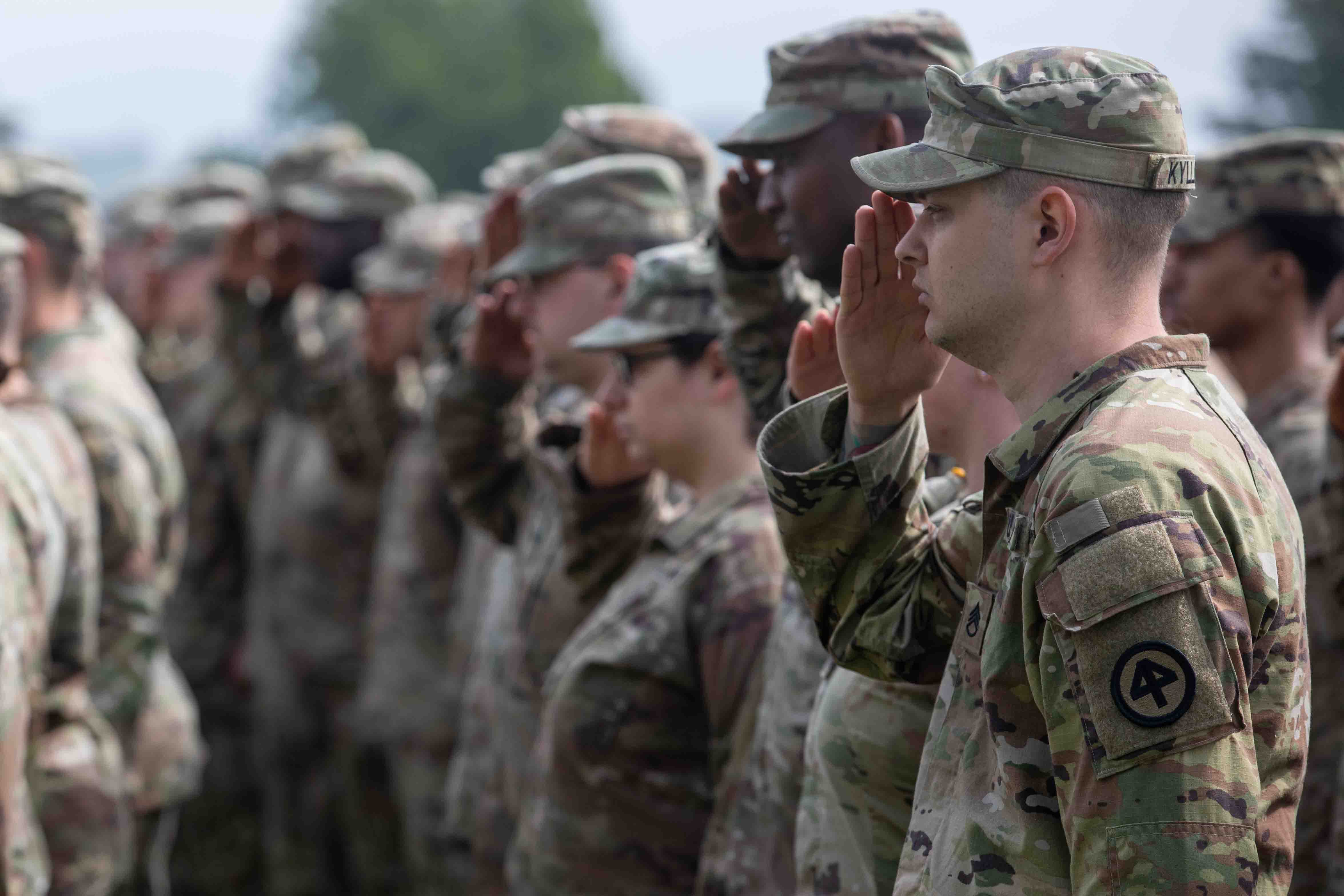Officers nearing 15 years in service next year have an opportunity to retire sooner than usual thanks to the latest early retirement program.
If you'll have 15 to 19 years under your belt as of Oct. 1, 2015, you can apply with the temporary early retirement authority until Aug. 15, according to a recent servicewide message.
The program offers the chance for officers to start a second career sooner than they may have planned while slimming down the service's payroll, a Coast Guard spokesman told Navy Times.
"The Coast Guard continuously looks at its workforce and looks at its numbers and sees areas where it can trim employees," Chief Warrant Officer 3 Chad Saylor said in a July 15 phone interview.
"Just like with any organization, it's kind of a fluid situation, where you bulk up for certain situations, and then you have to slim down."
Twenty-two officers left the service through TERA in 2013, Saylor said, so it hasn't been an especially popular program. However, because there are plenty of slots open, he said it's possible that the Coast Guard would open TERA to enlisted personnel in the next few years.
"They're probably going to identify some [officers] that they can use for this round, and if don't get enough people, they can offer to enlisted," Saylor said.
However, there are no plans to open TERA to enlisted personnel in 2014.
Who's eligible
This round is open to all officers, but lieutenants, lieutenant commanders and commanders will have priority.
Warrant officers are also able to apply, but their applications will be approved based on the needs of the service, according to a June 25 post on the Coast Guard's official All Hands blog.
There are some caveats, however. Anyone who is already subject to or going through the involuntary separation process is not eligible — that includes medical, disciplinary and administrative separation. Those due for new orders in 2015 also are ineligible for the program.
Though TERA allows an officer to transition to civilian life up to five years early, it does mean a reduced benefits package in the long run. Pay is calculated by length of service, then reduced based on the number of months short of 20 years at which an officer has chosen to retire.
Coast Guardsmen can calculate their reduced retirement pay by contacting the Pay and Personnel Center, which is online at http://www.uscg.mil/ppc/.
Officers with a year or less left on their service obligations can waive that time and retire early, but if they were planning to transfer Post-9/11 GI Bill benefits to family members, they won't be exempt from the four-year service obligation incurred by such a move.
The Coast Guard has an allotment of a few hundred early retirement spots thanks to the 2012 Coast Guard Authorization Act, which provided the option to use TERA from 2013 to 2018.
Ways to trim the ranks
TERA is just one of several force-shaping tools the Coast Guard is using to keep its expenses under control in an ever-tightening budget environment.
Last year, the service brought back high-year tenure limits for enlisted personnel, targeting Coast Guardsmen with long time-in-grade for involuntary separation or retirement.
Also on the enlisted side, 2014 saw the creation of the Career Retention Screening Panel, requiring an evaluation of each member up for re-enlistment. Going forward, Coast Guardsmen with a list of disciplinary or criminal incidents on their military or civilian records will be ineligible for reenlistment.
That includes drunk driving charges, multiple height-and-weight test failures, and substantiated sexual misconduct reports.
These measures not only free up funds for operations, they also create advancement opportunities for others.
The Coast Guard's 95 percent retention rate has clogged career progression for years, particularly for unrated seamen, who have sometimes waited years for an "A" school spot.
Commandant Adm. Paul Zukunft told Navy Times in a June 30 interview that he's working to strike the balance between budget and effectiveness, despite necessary cuts.
"We have made some reductions over the years, as we are trying to balance the budget, by drawing down force size," he said. "We are saving lives and we are doing all of this with a uniform service of less than 40,000. Quite frankly, I think the nation is getting a good return on that very modest investment in our people."
For more information on 2015 officer TERA, consult ALCOAST 084/14.





